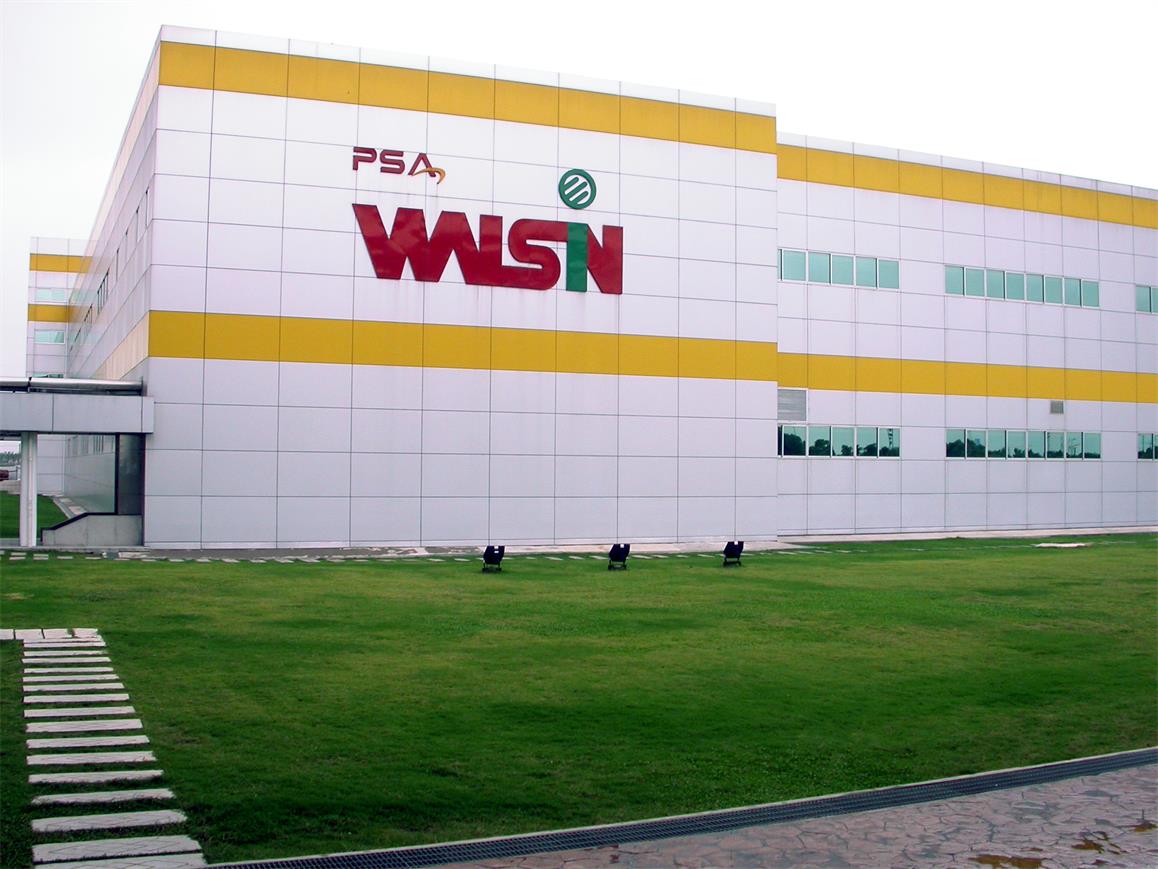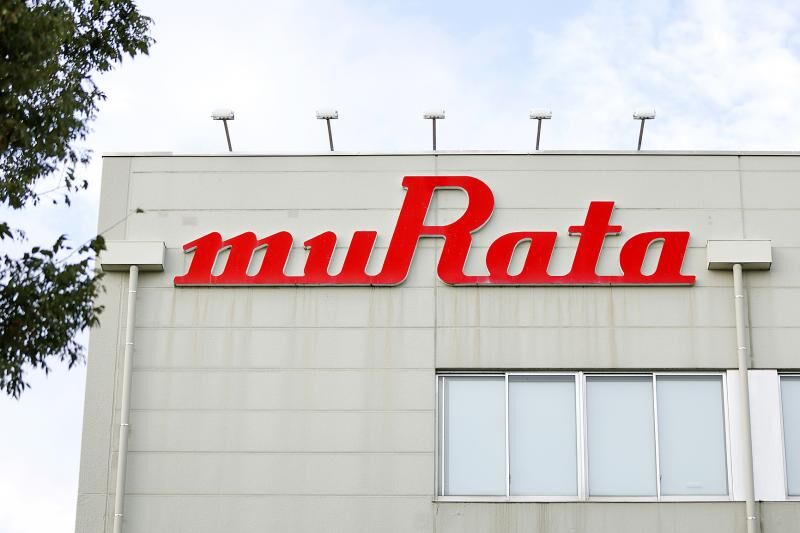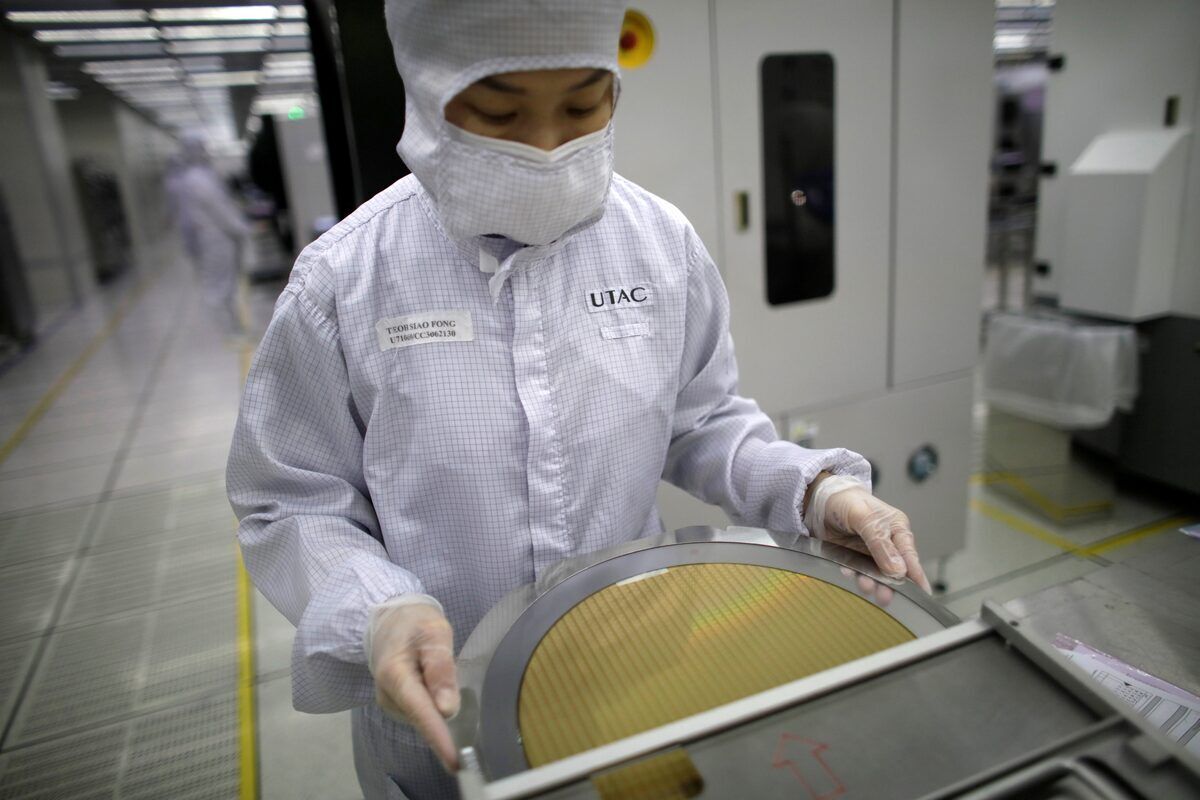Walsin Technology Corporation, a Taiwan-based manufacturer of passive electronic components, announced on April 29 that the April EPS of NT$ 2.15, which was 80% of NT$ 2.71 in the first quarter of this year, it is estimated that its monthly gross profit is close to 50%. The MLCC plant is the main profit-making engine for the entire passive component industry. Based on the profit announced by Yageo and Walsin in April, it has opened up gaps with other passive component manufacturers and has become a profit leader.
Gu Lijing, general manager of Walsin, pointed out in the results presentation that Murata had invested 100 billion yen in expanding the automotive electronics production line, but the production capacity was far from enough. With the growth rate of automotive electronics, Japanese companies continued to invest in the gaps that cannot be eliminated. The price of the automotive level product is relatively good, but there must be a 10-year warranty period, and can not be discontinued, it is reasonable that the Japanese manufacturers transfer the production capacity to the automotive electronics, they are not about to give up the 3C market, just to give customers time to turn to seek other supplies, this part is replaced by the Taiwan factory.
Walsin currently has MLCC's monthly production capacity of approximately 30 billion units. This year, it plans to expand production by 10 to 20%. The monthly production capacity will range from 330 to 36 billion units. The current equipment delivery period has already been discussed in 2020. In addition to cash grab equipment, Walsin also encourage customers to change the design to miniaturization, from 0402 to 0201, the same equipment capacity, the output gap is 4 times, but the mobile phone has been miniaturized, if the PC from 0402 to 0201, will face the dilemma of mobile phones with materials, PC absolutely can not grab the phone, Walsin, general manager Gu Lijing believes that the rate of miniaturization is limited.
In addition, IoT (Internet of Things) will double its market size forecast from this year to 2020, plus 5G to be launched in the second half of 2019. Gu Lijing stated that the price increase is not too expensive today, but it was too cheap yesterday. With new capacity added and prices rising, this year's operating growth will be relatively large. The company will continue to expand production to meet customer demand.
In the Internet of Things (IoT) and 5G segments, the global IoT market output scaled from 157 billion U.S. dollars in 2016, growing at a compound annual growth rate of 28.5% to 457 billion U.S. dollars in 2020, and it is expected that 5G will be transferred in the second half of 2019. According to the latest research from Strategy Analytics, global 5G smartphone shipments will increase from 2 million in 2019 to 1.5 billion in 2025. In the next 10 years, 5G is expected to become the fastest growing block of smartphones in the world. Explosive demand in various fields has caused this wave of MLCCs to “not see the dawn” of out-of-stock tunnels, and shortage may become normalcy.












All Comments (0)